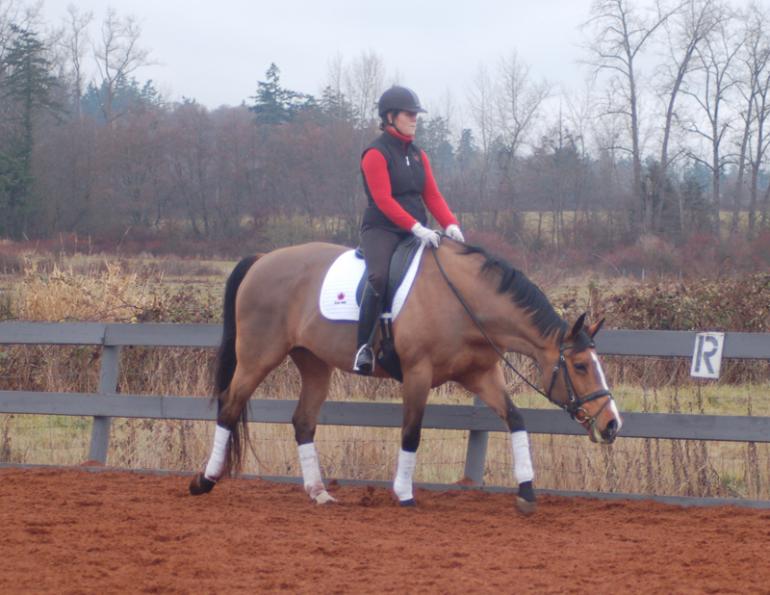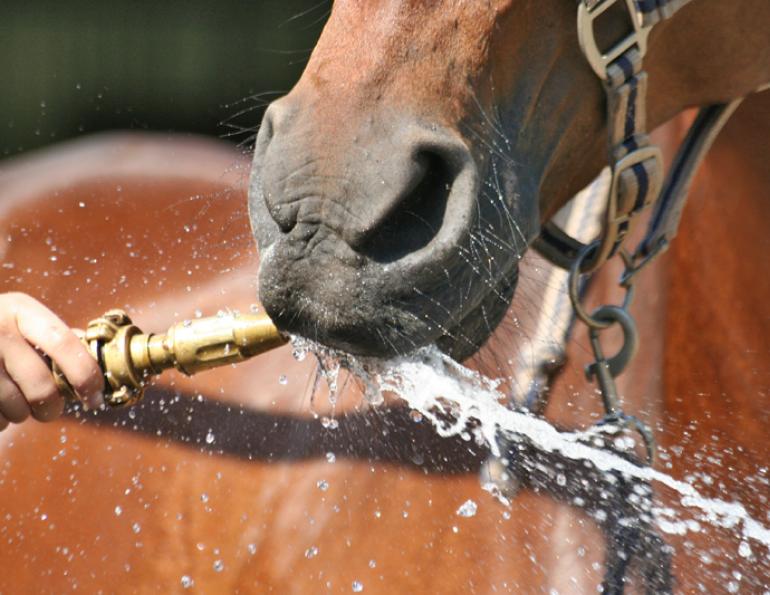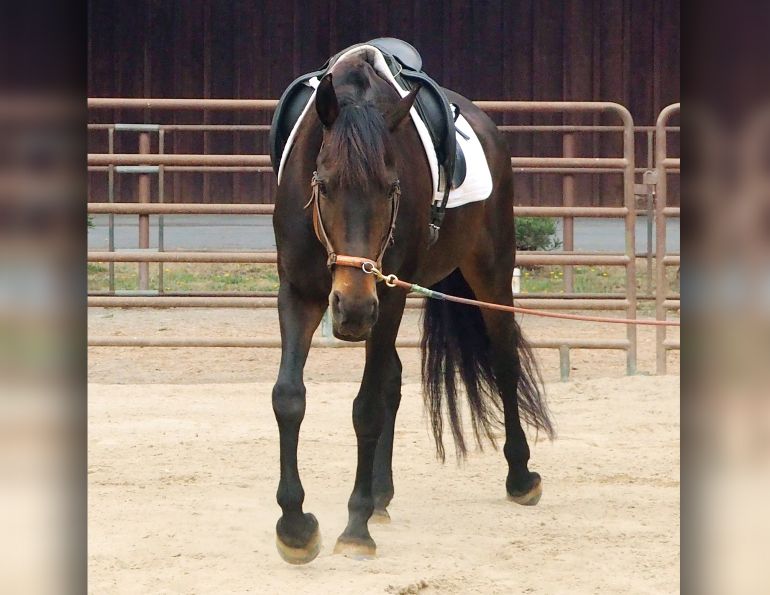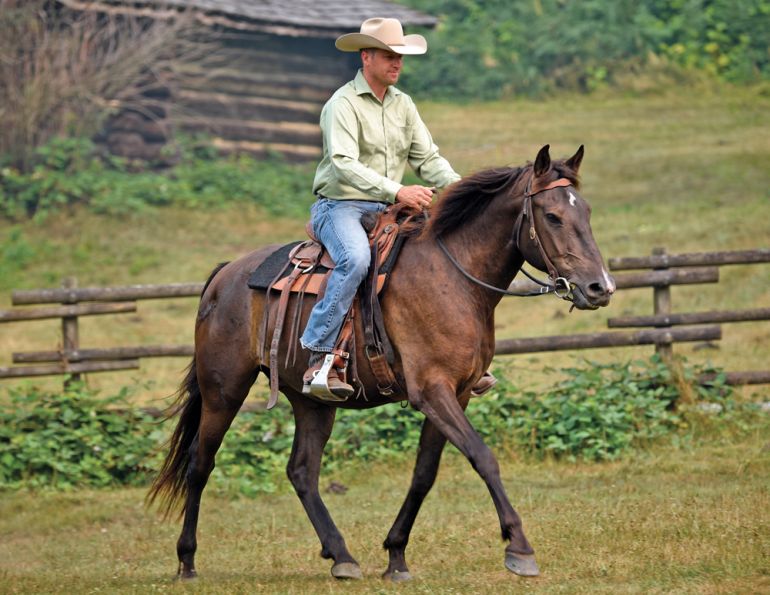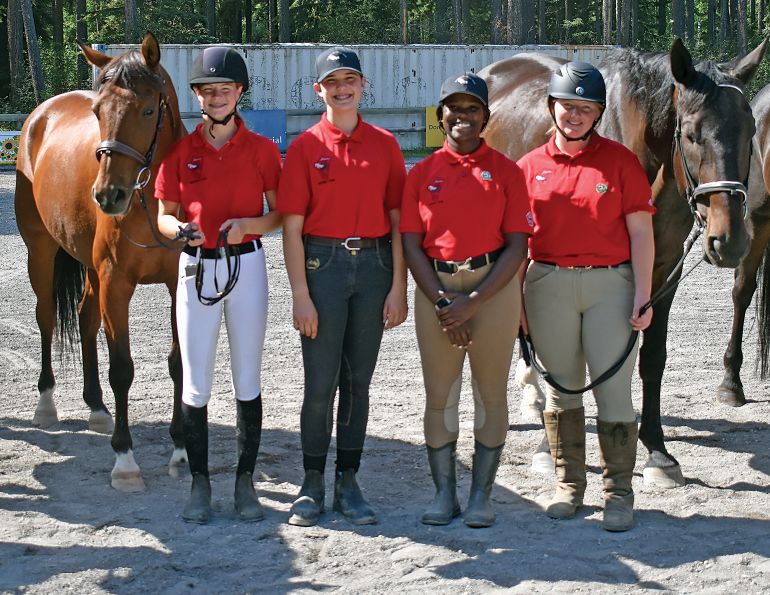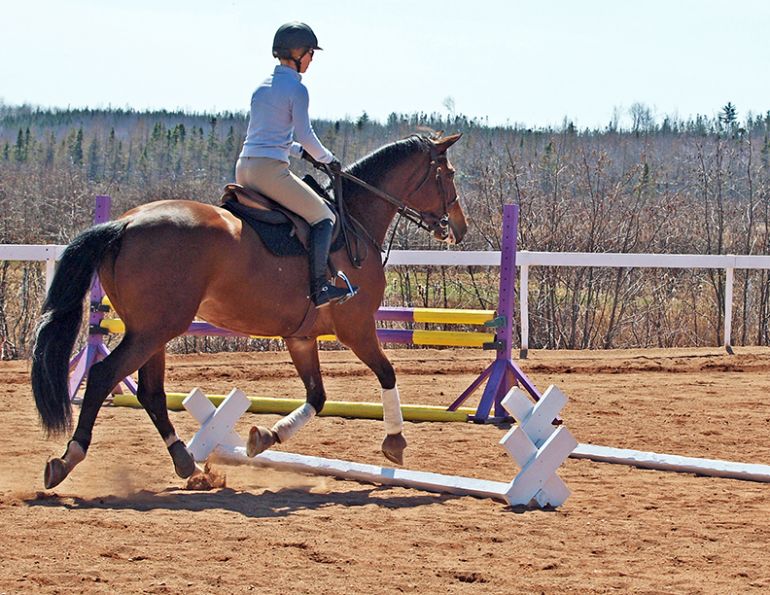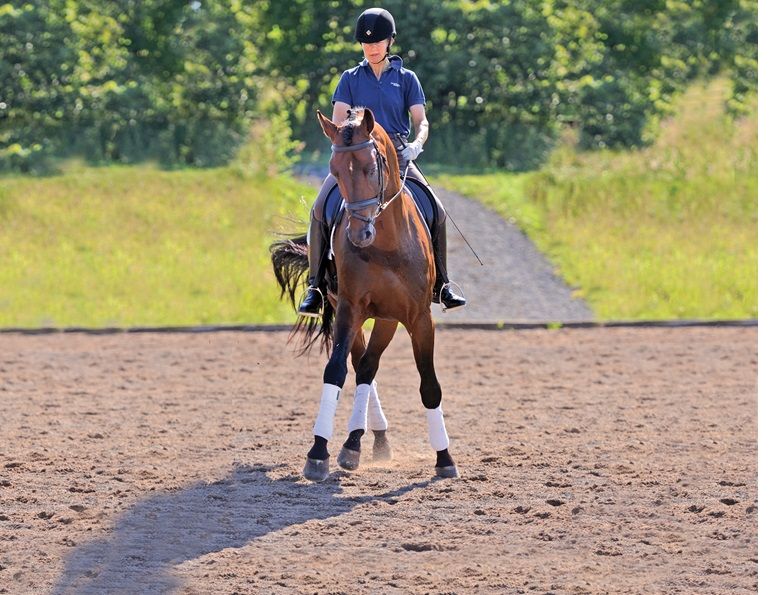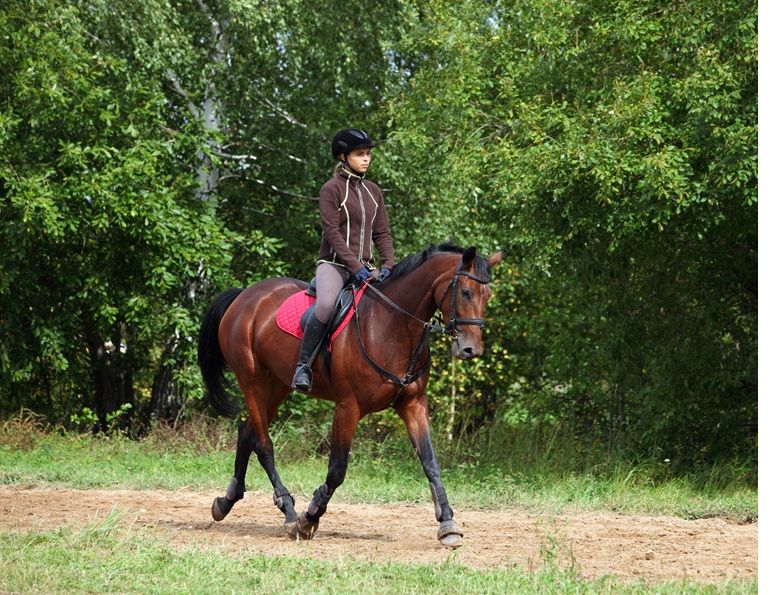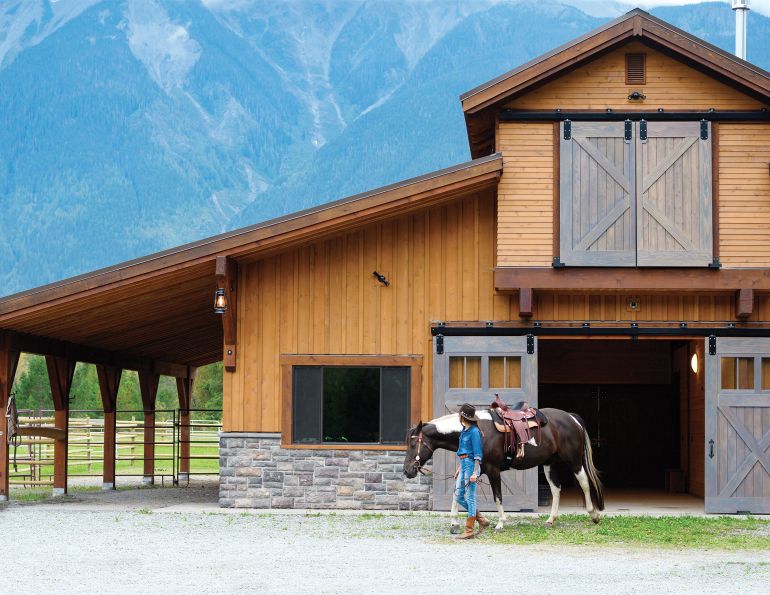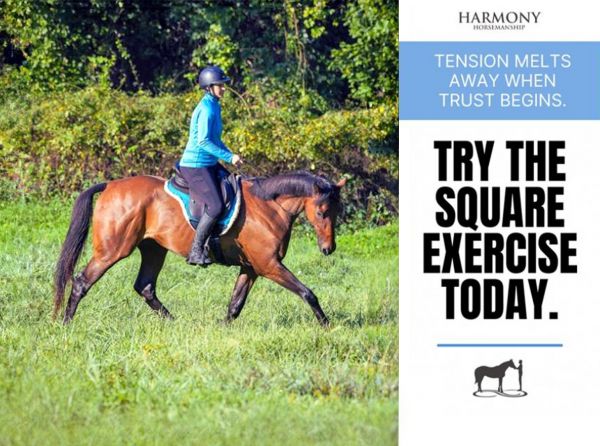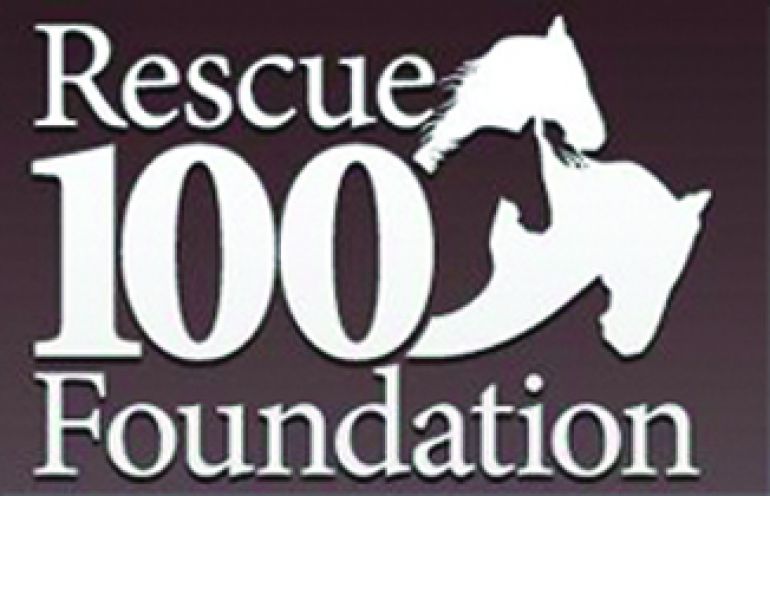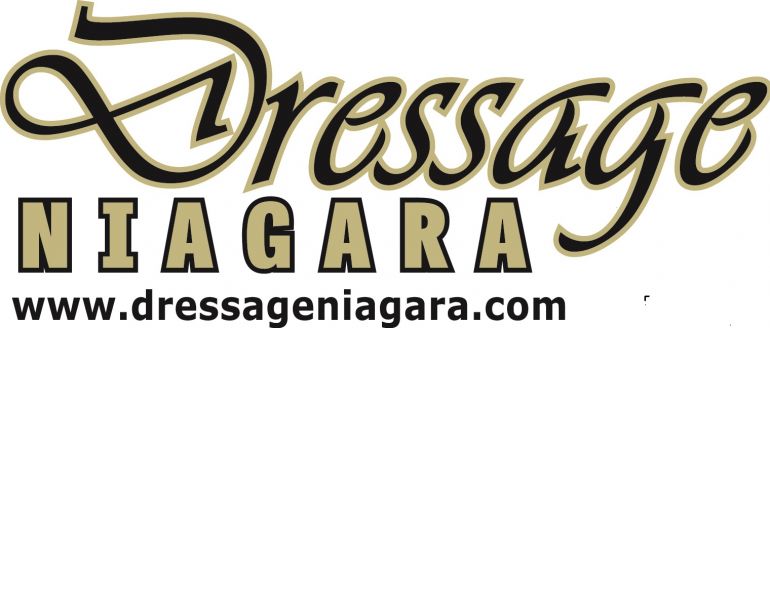By Jess Hallas-Kilcoyne
When we go to the gym we all know that a good warm-up session is essential when it comes to protecting against such injuries as pulled muscles or strained tendons and ligaments. There is no difference when it comes to your horse’s workout.
Many horses spend 23 hours of each day standing around in relatively small paddocks. Their muscles may become cold and stiff, and the risk of injury to the horse would be quite high if the rider was to drag the horse out of the barn, mount up, and immediately begin schooling sliding stops or a jumping course.
Regardless of your discipline, a good warm-up should result in a relaxed, supple, and attentive horse, whose performance during the workout session will be vastly improved.
What is the Purpose of the Warm-Up?
One of the most important reasons to ride a good warm-up is to prepare the horse physically for the workout session.
“A warm-up takes time. You can’t rush muscles and joints and you can’t work a cold muscle. If you take a cold muscle and stretch it, you can damage it,” says Nancy Tapley, an EC Level 3 Eventing Coach, Dressage, and Event Jumper Judge. “If we don’t warm-up and cool down properly, we’re going to cause micro tears and injuries.”
“Physically, a warm-up is important because it prevents and reduces your chance of injury,” says Guy Robertson, a reining trainer who was named to Team Canada in 2004 and 2005 and has competed with great success both in Canada and the US.
“Mentally, it sets the foundation for the rest of your training session or horse show event.”
As important as the warm-up is for preparing the horse’s body for the work session, there is also a strong mental component to a proper warm-up.
“A good warm-up properly prepares the horse for the main focus of that day’s training by...also mentally bringing the horse over to your side,” says Karen Brain, an EC Level 2 coach and member of the Para-dressage team at the 2008 Olympic Games in Beijing.
“It’s important that a horse is warmed up physically, but it’s just as important or maybe even more so that the horse is prepared mentally. A horse that is in the right frame of mind is going to be easier to teach and have a much better attitude,” says Robertson.
What is a Good Warm-Up?
A good warm-up will result in a horse who is physically and mentally relaxed. How you get to this point can vary depending on the particular horse, but there are often common principles shared by both different individuals and different disciplines.
Most trainers agree that a good warm-up begins with an active, forward-marching walk. This allows the horse’s muscles to warm up and stretch, and is also an opportunity for the rider to gauge the horse’s mental state on that particular day.
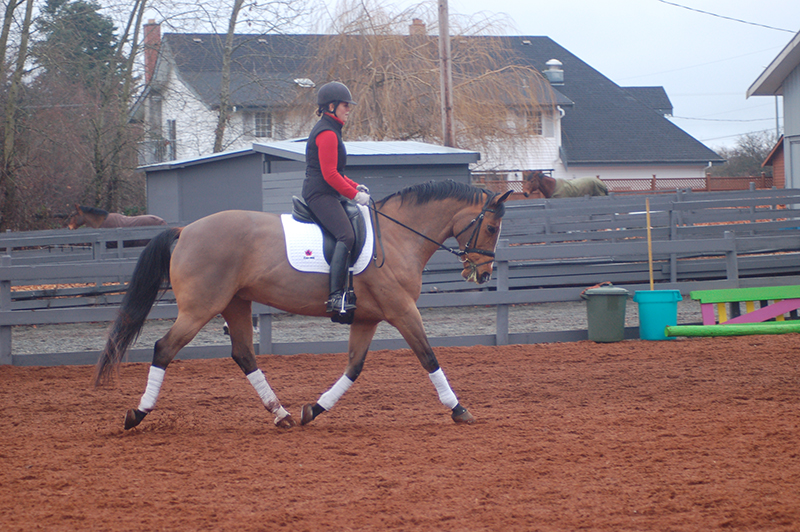
When warming up in trot, the horse should step forward actively and in a relaxed fashion. Photo: Darlene Brain
“I always begin with a long warm-up with each horse, a minimum of ten minutes of loose rein walking on the buckle, unless the horse is young or unknown to me or fresh, and for safety reasons I feel I need to have just a long rein,” Brain says. “After ten minutes I take up contact and begin moving the horse around in big loopy turns, circles, changes of direction until I feel I can maintain the forward active walk and the horse begins to put himself into the contact. Once I feel the horse is straight, forward and accepting both reins well, I will do some form of leg yielding and lateral exercises in a medium walk that is suitable for the level of the horse: basic quarters-in and out, easy leg yields across the diagonal, walking turn on the forehand and haunches. I may then build to more advanced walk exercises such as walk pirouettes, half pass, zig-zag half pass if the horse is trained to a higher level, or I would just move into the trot.”
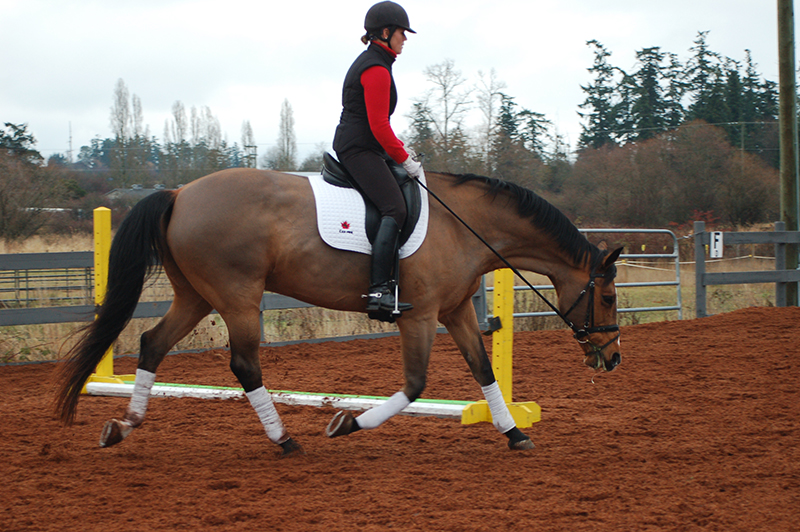
The horse should be low, loose, and round, reaching down into the contact. This allows him to stretch out his back muscles. Photo: Darlene Brain
When picking up the trot, Brain recommends “first staying large to achieve a basic forward active trot with energy and rhythm.”
“I also often include a lot of leg yielding at the walk so that the horse becomes loose,” Tapley adds, “and lots of transitions and bending exercises. He has to be able to bend side to side.”
Tapley continues, “We like to start the warm-up with the horse low, round, and loose. They need to be stretching down towards the contact.”
Frequent changes of direction in all the gaits helps to supple the horse and warm up his muscles.
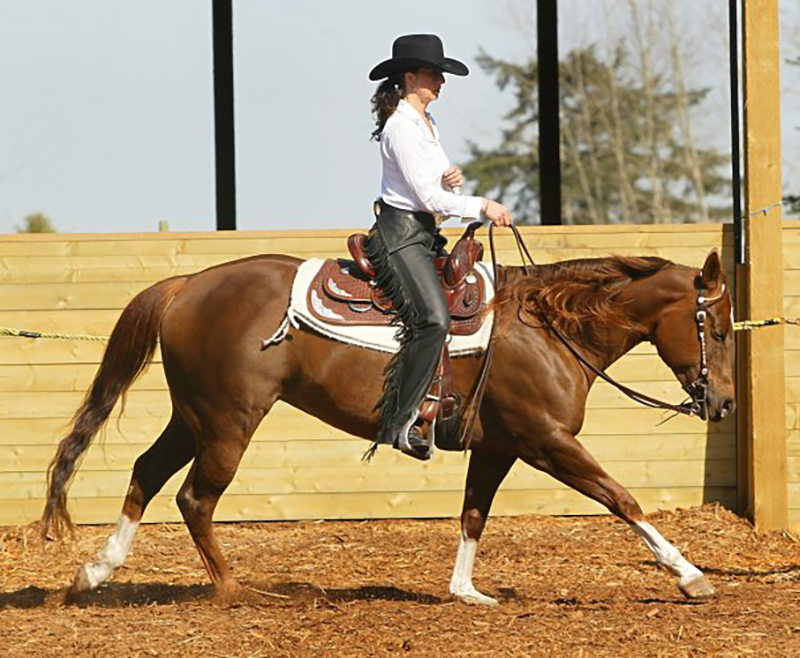
Warming up in the canter, or lope, the horse should be actively forward but relaxed. Interspersing such exercises as circles, straight lines, and transitions can help loosen the horse up. Photo: Courtesy of Lynn Cullen
Robertson also advocates warming up slowly and focusing on the bend of the horse. “I do a lot of walking and jogging exercises that focus on bending and suppling to ensure the least amount of resistance later in my ride. I then move on to the lope.”
Starting out, the canter, or lope, should be forward but relaxed. Simple exercises to help loosen up the horse at the canter include circles and transitions. Traditionally most horses are warmed up at the trot and then the canter, but a lazy, sluggish horse might benefit from cantering earlier in the warm-up; an active canter can serve to energize him.
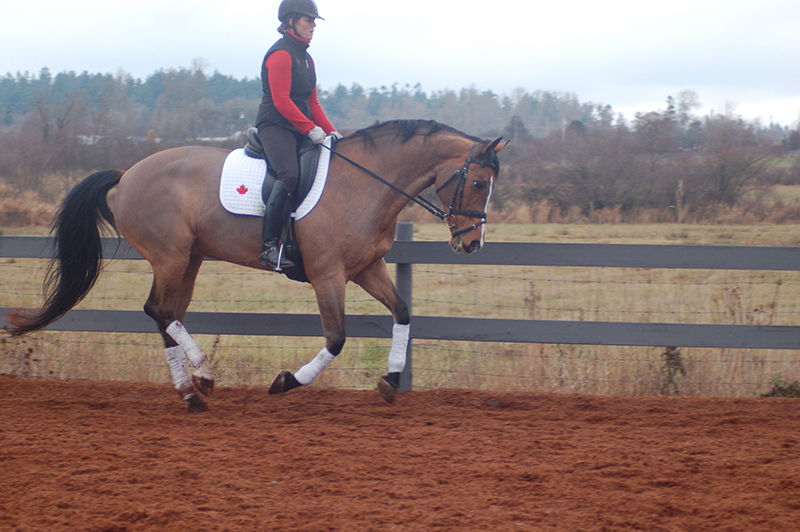
Most of the time you’d warm up in trot before cantering; however, sometimes with a horse that needs waking up, you might choose to canter or lope first. Photo: Darlene Brain
“Some horses will need settling down, some will need sparkling up,” Tapley advises. “Some are very fit, some are couch potatoes...the warm-up has to be tailored to the horse. The warm-up also has to be tailored to what you’re schooling on that day.”
Although the point of a warm-up is basically the same for all horses and all disciplines, there are different methods and exercises to suit the disposition, training level, and fitness of each horse.
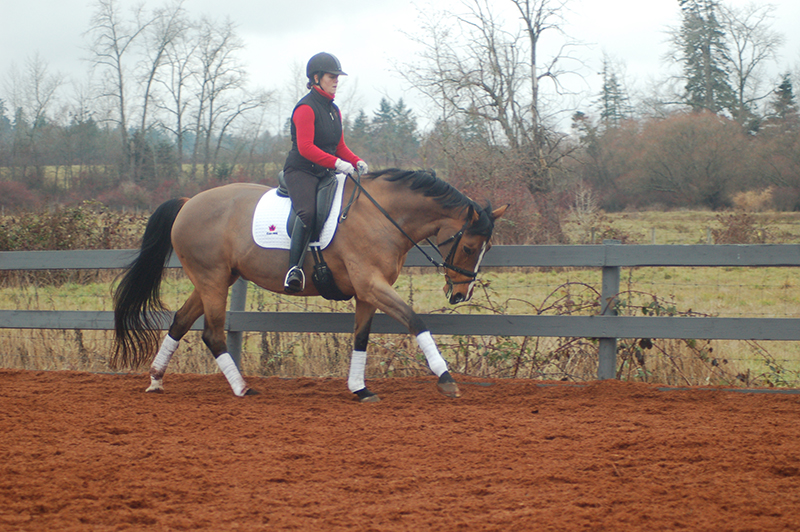
The canter can also be ridden in a lower frame in the beginning as long as the horse remains up through his shoulders and doesn’t fall onto the forehand. Photo: Darlene Brain
“On a green horse I stick to the very basics: transitions, steering, moving off of your legs, etc. With a seasoned horse I expect all of the basics to be there so I can zero in on anything that needs to be fine-tuned,” Robertson explains.
Brain agrees that “green broke horses and three to four-year-olds don’t need to do a lot in the way of training higher level movements and their entire ride may just be warm-up.
Older horses who have more arthritis or horses with old injuries need to be treated very carefully as they may need very specific warm-up routines.”
“You need to know what’s under you,” says Tapley.
“You’re going to warm up a Grand Prix horse differently than a horse with a rider who’s just learning to trot.”
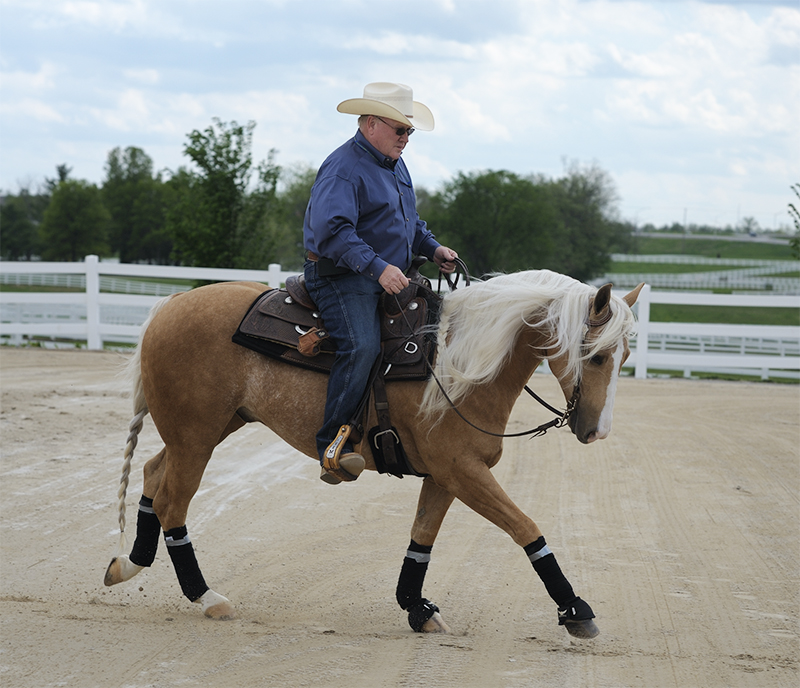
A reining horse is ridden with one hand in the show ring; however, many riders ride with two hands during the warm-up or when schooling at home. Photo: Clix Photography
While this is certainly the case, the purpose behind the warm-up does not change from discipline to discipline.
Indeed, riders from different disciplines will likely choose different exercises to accomplish the same basic goal of relaxation, suppleness, and activity.
“My belief is that whether you are warming up a jumper, dressage, or reining horse, the basic principles are the same: forward rhythm, relaxation, suppleness, obedience to the aids and throughness over the back.” Brain says.
“What may change from one discipline to the other are specific exercises used.”
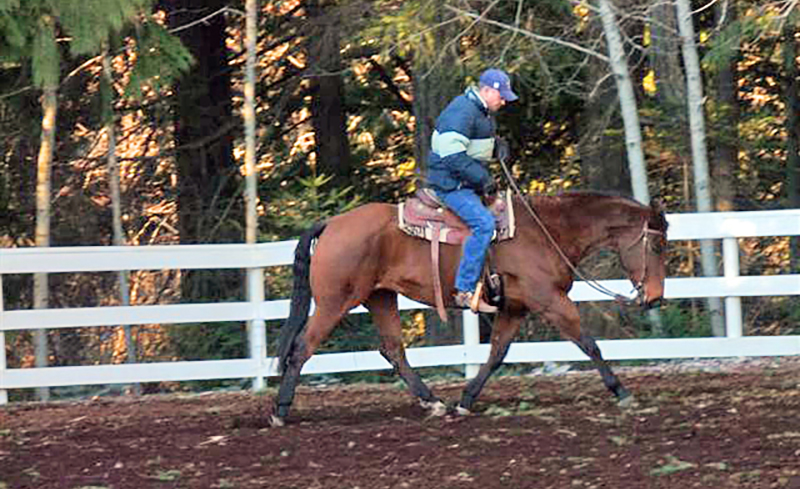
The reining horse is encouraged to stretch down in a deeper frame to encourage stretching through the back. Photo: Courtesy of Lynn Cullen
Robertson describes the important points behind warming up a reining horse.
“A well guided horse is very important in reining. You show one handed with one finger between the reins and that horse needs to stay right in between those reins...in my warm-up I make sure that my horse is being willingly guided.”
In dressage, as in other disciplines, the priority is to maintain a positive working relationship between horse and rider, with the horse accepting the rider’s aids with perfect obedience.
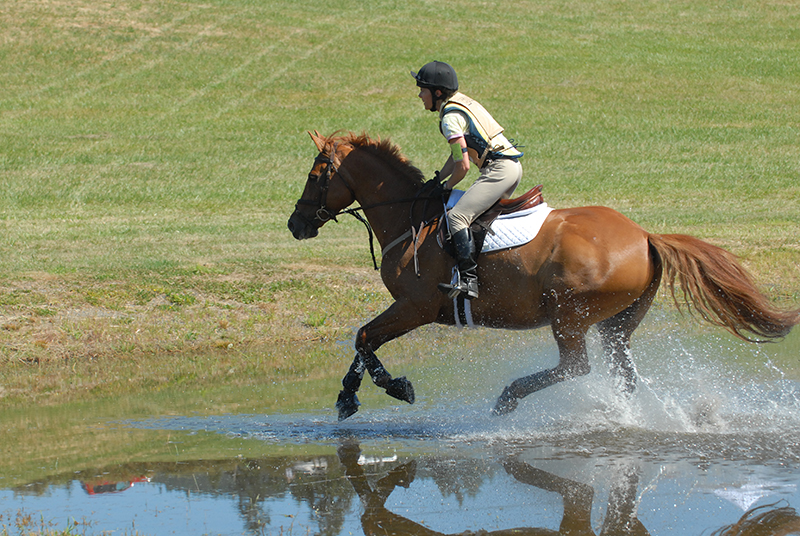
Eventing horses have three different jobs to do: dressage, cross country, and show jumping. Their warm-up has to be tailored to the phase you’re schooling on that particular day. Photo: Robin Duncan Photography
While a reining or dressage horse specializes in one discipline, an eventing horse must be prepared during the warm-up for three different phases: dressage, cross country, and eventing.
“Eventers have to do different jobs,” says Tapley.
“An eventing horse has a number of skill sets.”
Based on what phase an event horse is schooling on any given day, the warm-up must be adapted to accommodate it.
The exception is hacking out. “If you’re going out hacking, the warm-up doesn’t have to be the same,” Tapley says.
“The first half of the hack will be part of the warm-up.”
Riders Can Also Benefit from a Warm-Up
A thorough warm-up not only benefits the horse, but also the rider. There are a number of physical and mental exercises that you can perform before mounting up, and while in the saddle.
Physically, “the majority of riders arrive [at the barn] cold. They often have muscles that are very set and very stiff,” says Tapley. “If you’re tense in the shoulders, the horse will be tense in the mouth.”
The warm-up is also a great time to evaluate your riding position and seat. You want to use this time to make sure that your body is relaxed and elastic to optimize your freedom of movement, and consequently that of your horse.
“I always take the first ten minutes of loose rein walking to establish my seat...small positional corrections also act as stretches for myself and help me feel looser in the saddle,” Brain says.
A mental warm-up is at least as important for the rider as for the horse.
“Always have a goal in mind when preparing for a ride. It can be big or small, but have a plan to achieve something and always try to end on a good note,” Robertson advises.
Brain also recommends that riders have “a clear knowing of what their focus is for that day, but be willing and able to change the focus if they feel the horse isn’t up to doing their original intended workout.”
Tapley describes a great mental exercise as “the four point circle,” which begins in the rider’s mind as an idea of which movement they will next ask the horse to perform. The idea travels to the rider’s body, and as long as your body knows the aids, it will apply them to the horse. The horse’s mind receives the aids, and finally his body processes them and, hopefully, chooses to respond to them. Then that information travels back to your mind and you compare it with your original intention.
“It starts in your head, goes to your body, goes to the horse’s head, and then to his body. It’s a continuous loop,” says Tapley.
Putting Your Warm-Up to the Test
Ideally, you’ll be able to provide your horse and yourself with the same warm-up at a competition as you would schooling at home. Unfortunately, this is not always possible.
“The atmosphere is charged; you’re a little excited, he’s definitely going to be excited,” Tapley explains. “If you change your warm-up, you’re going to add fuel to that fire. The sameness gives you grounding. It helps settle the horse and the rider...you have to have something that’s familiar ground.”
However, circumstances do arise and sometimes you may have to alter your warm-up plan, either for safety’s sake or simply because your horse is too unfocused to perform at an adequate level. Perhaps you need to do extra transitions, bending exercises, and changes of direction to loosen the horse’s tense body and regain his attention.
The important thing to remember is that although it can be time consuming, the warm-up is a vital part of each riding session and will physically and mentally prepare your horse to give you his best performance possible.
Read "Starting Out on the Right Foot: Warm-Up, Part 2" for favourite warm-up exercises from our team of trainers.
Main photo: A proper warm up will improve and enhance your horse’s performance, whatever your discipline. Warm the horse up at the walk for at least 10 to 15 minutes before beginning any trot or canter work. If there is the possibility of the horse behaving in an unpredictable manner, walk on a long, rather than a loose, rein. Credit: Darlene Brain



